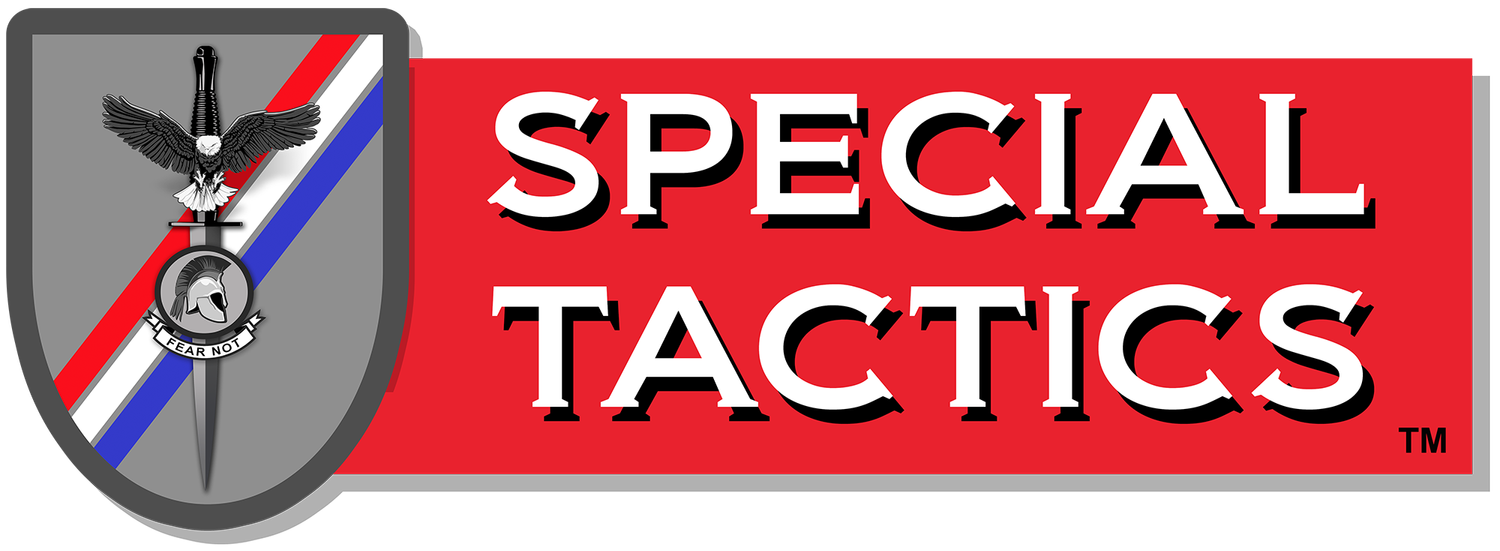DEBATE 3: The Best Way to "Slice the Pie"
The tactical concept of “slicing the pie” has been around for many years and is known by several names including “threshold evaluation,” and “angled clearing.” Special Tactics prefers the simple term “sweep” to describe the movement and advocates a slightly different approach to its execution than what is taught by some other tactical schools. The key difference is speed. While some schools advocate executing the movement very slowly, Special Tactics suggests moving as quickly as possible while maintaining some degree of weapon accuracy. Below is a passage from Special Tactics’ new book Single-Person Close Quarters Battle describing how to execute the “sweep” movement.
Sweep out in a wide arc, keeping your weapon focused on the doorway. Keep your distance from the door and move all the way across until you are positioned close to the wall on the opposite side of the door. The purpose of the sweep is to visually clear the room as quickly as possible to identify any threats inside and possibly draw those threats out of the room. When executing the sweep, move in an arc as fast as you can while keeping your weapon relatively steady and taking care not to trip. You are giving up some weapon accuracy in order to minimize exposure and make yourself less of a target. By moving quickly along the arc it will be quite difficult for an adversary to shoot you since you will be exposed for only a fraction of a second. Remember that bullets travel very fast and you will be an easy target if you stop moving. With practice you will also learn to engage targets as you sweep across the door. Once you have completed your sweep, you can conduct additional sweeps if needed to check the room more carefully.
Schools that teach a slower approach to slicing the pie advocate a variety of different methods. In general, those who use the slower approach take small steps, revealing only a thin slice of the room at a time. They stop after each step to evaluate the exposed space in the room before continuing to move around the arc. The rationale behind this is that they are better able to engage targets effectively from a stable firing platform and they are better able to see into the room when observing carefully from a stationary position. They also claim that if they identify a threat, they can move quickly in the opposite direction to conceal themselves if needed.
Special Tactics acknowledges the rationale behind these points but provides some counter-arguments. While moving slowly does offer more shooting accuracy and better visibility into the room, it also leaves you very exposed, particularly if you are in a hallway. You may spot the enemy and you may have a stable firing platform, but you will be standing in the open right across from the threat. The adversary will likely have furniture to use for cover and concealment in the room but you will be standing upright and exposed. You will also be very vulnerable to adversaries approaching from the flanks. Finally, the amount of time it takes to conduct a sweep one step at a time leaves you exposed outside a room or in a hallway for an extended period, allowing enemies to maneuver on you.
Some schools suggest a quick leaning “peak” movement after each step. The rationale behind this is that if you do not lean outward while “slicing the pie” an adversary might see your leg or shoulder before your eyes are in position to identify the threat. While this is technically correct, it fails to account for the limited protection offered by most walls. If you quickly peak out and identify a threat and then return to the upright position, the wall will not protect you and an adversary can just shoot you through the wall. Therefore, any advantage gained by the peak can be quickly lost.
The quick sweep movement advocated by Special Tactics avoids many of the problems discussed above. We recognize that you are still vulnerable outside the room and therefore we aim to spend as little time standing stationary outside the room as possible. The quick sweep allows you to scan the entire room in short time and be ready to keep moving. If you make eye-contact with a threat, your movement will make you less of a target and you will not be standing stationary, vulnerable to bullets flying through the wall. The sweep can also draw threats out of the room, directly into your sites as you wait near the wall, ready to engage from the flank.
Special Tactics is interested in hearing readers’ opinion about whether it is best to conduct the “slice the pie” movement slowly or quickly. While Special Tactics has an initial opinion on the subject, we are open to counter-arguments and everyone always learns from good debate.

